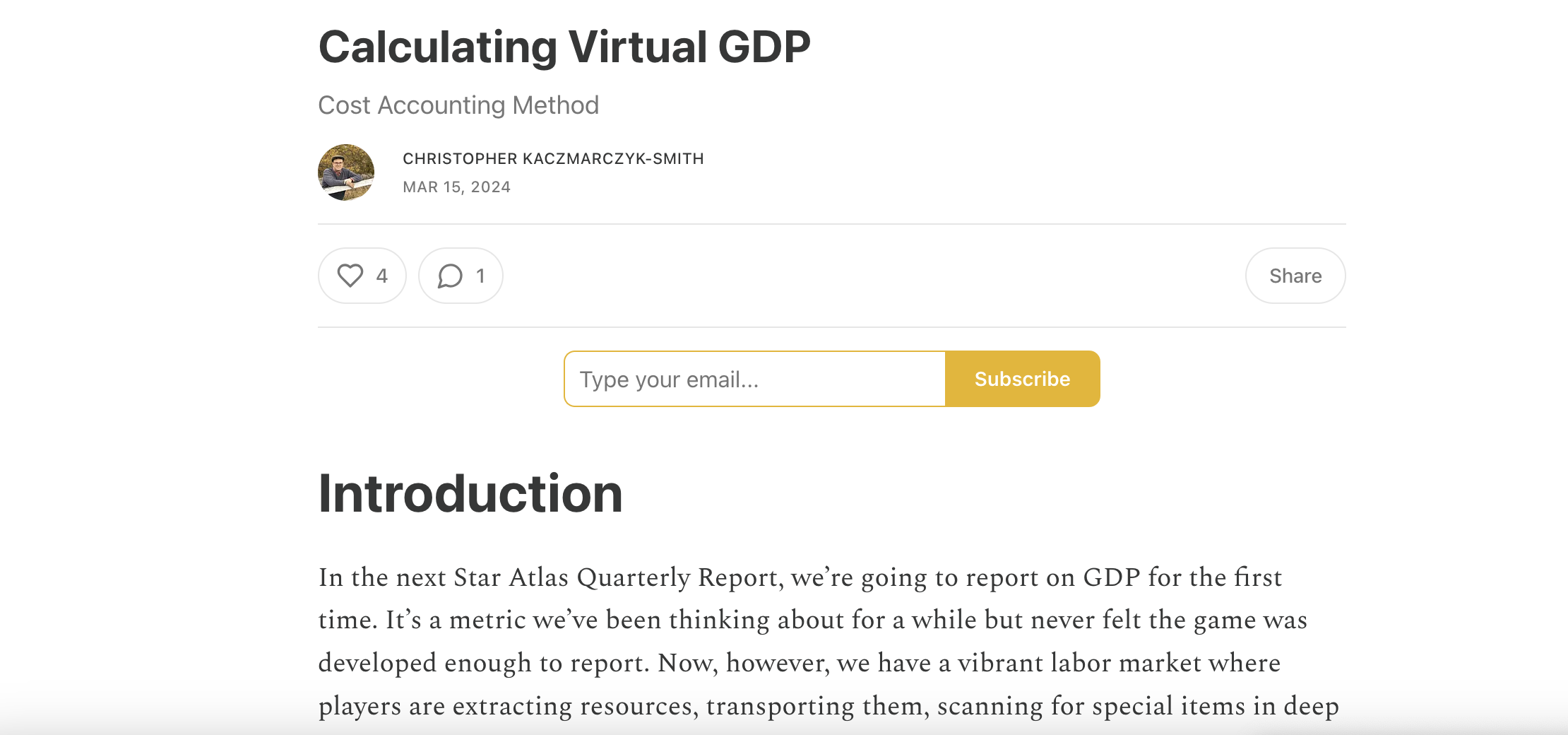The U.S. Attorney’s Office for the Eastern District of Virginia has seized seven domain names used in committing “pig butchering” cryptocurrency crimes.
“The scammers convinced the victims that they were investing in a legitimate cryptocurrency opportunity. After the victims transferred investments into the deposit addresses that the scammers provided through the seven seized domain names, the victims’ funds were immediately transferred through numerous private wallets and swapping services to conceal the source of the funds,” the statement read. As a result of the scheme, the victims are said to have lost over $10 million.
While law enforcement agencies were yet to make any arrests at the time of writing, the DOJ requested other victims to provide information regarding their encounters with such scammers.












All Comments